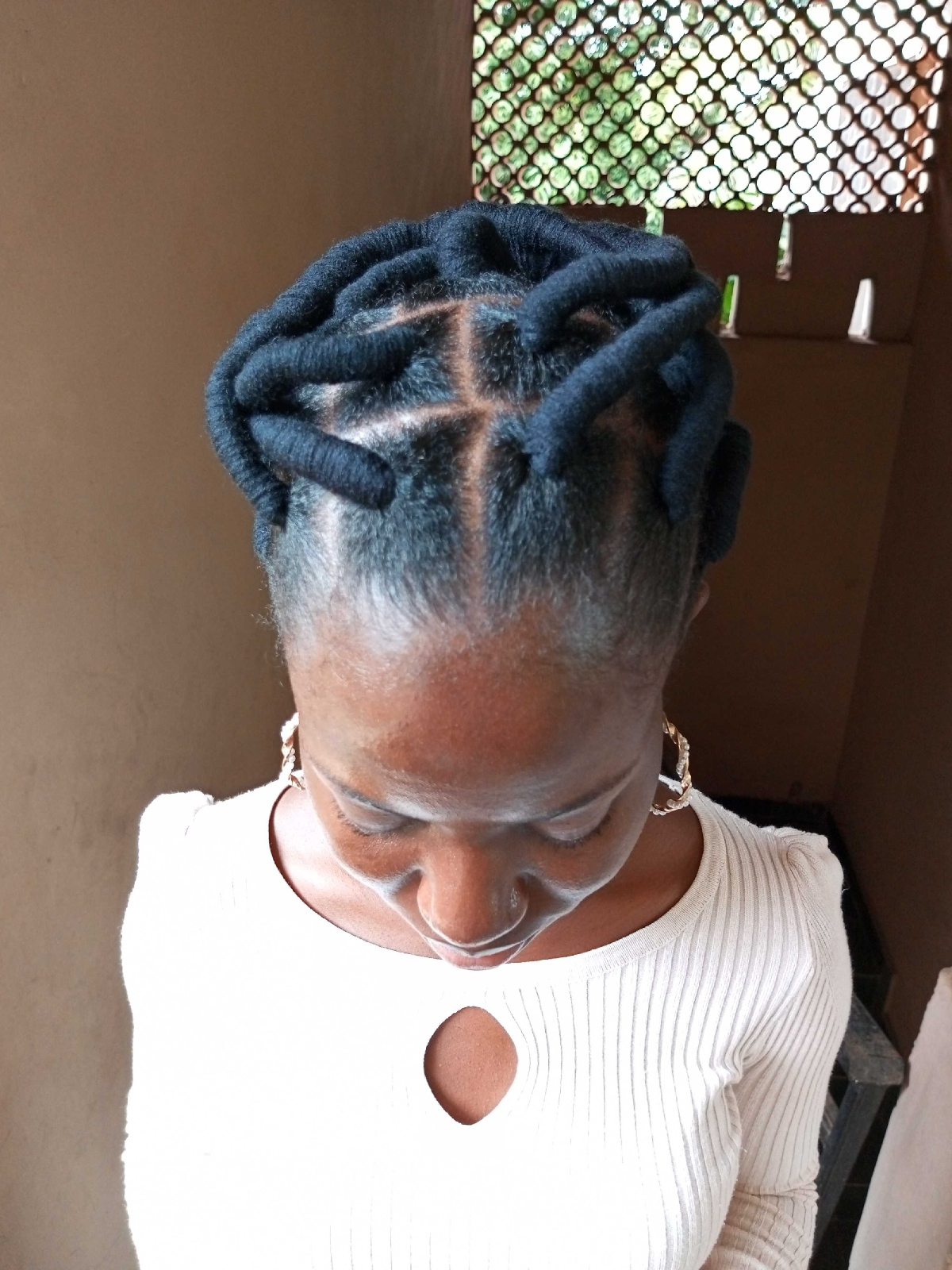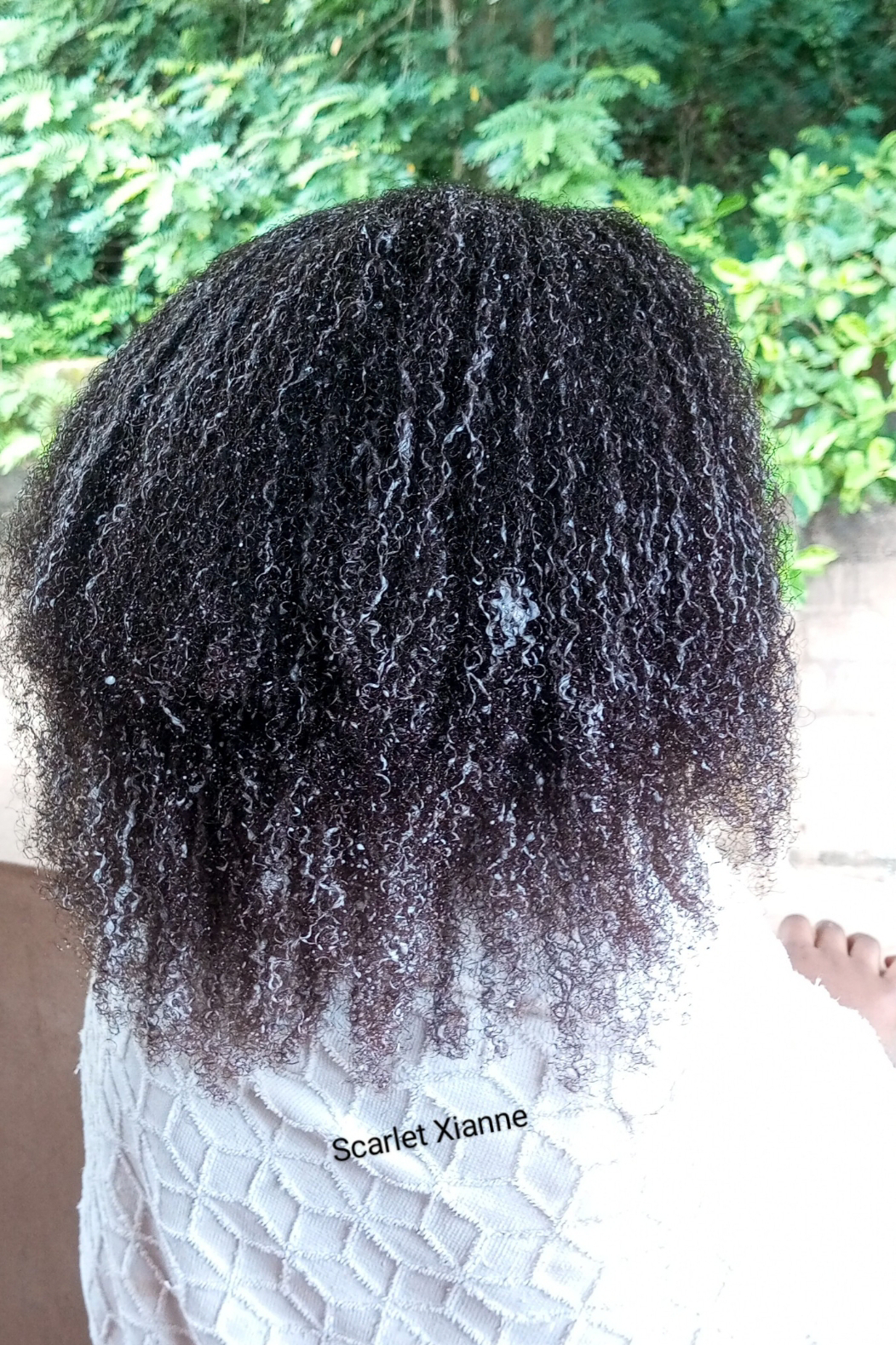Protective styling is one of the most common pieces of advice given to anyone caring for afro-textured/natural hair. But not all protective styles are truly protective. In fact, some can cause more harm than good. If done poorly, styles like braids, wigs, or twists may lead to breakage, scalp tension, and thinning edges.
So what exactly makes a style “protective”? And how can you choose styles that truly help your natural hair thrive, especially in the Nigerian climate and lifestyle?
This post will walk you through practical tips on protective styles that actually protect.
What Is a Protective Style?
A protective style is any hairstyle that:
Keeps the ends of your hair tucked away.
Reduces daily manipulation.
Helps retain length.
Gives your hair a break from styling stress.
Common examples include box braids, cornrows, wigs, twists, flat twists, and even simple buns.
Not every style qualifies. Here’s what to look for:
1. Low Tension
Your scalp should never feel sore or pulled tightly. If your braids or cornrows are too tight, they can cause permanent hair loss known as traction alopecia.
2. Access to the Scalp
You should still be able to moisturize your scalp and cleanse it lightly if needed. Styles that are too bulky or tightly packed can make this difficult.
3. Minimal Use of Heat
Styles that require flat ironing or blow drying on high heat can damage your strands. Aim for styles you can do on stretched hair or air-dried hair.
4. Not Left in Too Long
Even the best protective style can become harmful if left in too long. Most should not exceed 4 to 6 weeks. After that, buildup and tangles may set in.
Protective Styles That Work Well
1. Box Braids
A popular style across Nigeria. Choose medium-sized braids to avoid excessive weight on your roots. Make sure they’re not installed too tightly, especially around the hairline.
2. Two-Strand Twists
This style can be done on natural hair without extensions. It’s lightweight, easy to install and take down, and keeps the hair moisturized when sealed properly.
3. Cornrows
Classic and low-maintenance. Cornrows keep the hair stretched and are easy to moisturize. They can be worn on their own or under wigs.
4. Wigs (With Care)
Wigs can protect your hair as long as your real hair underneath is properly braided, moisturized, and not neglected. Wear a wig cap. Always let your hair and scalp breathe between installs. Wearing wigs consistently will thin out your edges.
5. Flat Twists or Roll-and-Tuck Styles
These styles keep your ends tucked in and work well for office, school, or everyday wear. They require little manipulation and are easy to refresh.
What to Avoid in Protective Styling
Overly tight styles: If it hurts, it is not protective.
Heavy extensions: These weigh down your roots and cause thinning.
Glue or bonding agents: Especially around the edges, these can weaken your hairline and pull out your edges.
Neglecting your hair under the style: Protective styles still need care.
Protective Style Care Routine
Moisturize every few days with a water-based leave-in or Moisturizing spray.
Cover your hair at night with a satin bonnet or scarf.
Cleanse the scalp lightly with diluted shampoo or a cleansing spray if the style is in for weeks.
Take breaks between hairstyles to let your scalp recover.
Protective styles are meant to help your hair grow and stay healthy, not stress it out. By choosing low-tension, breathable styles and keeping up with scalp care, you can enjoy the convenience and beauty of these styles while still achieving healthy natural hair goals.







